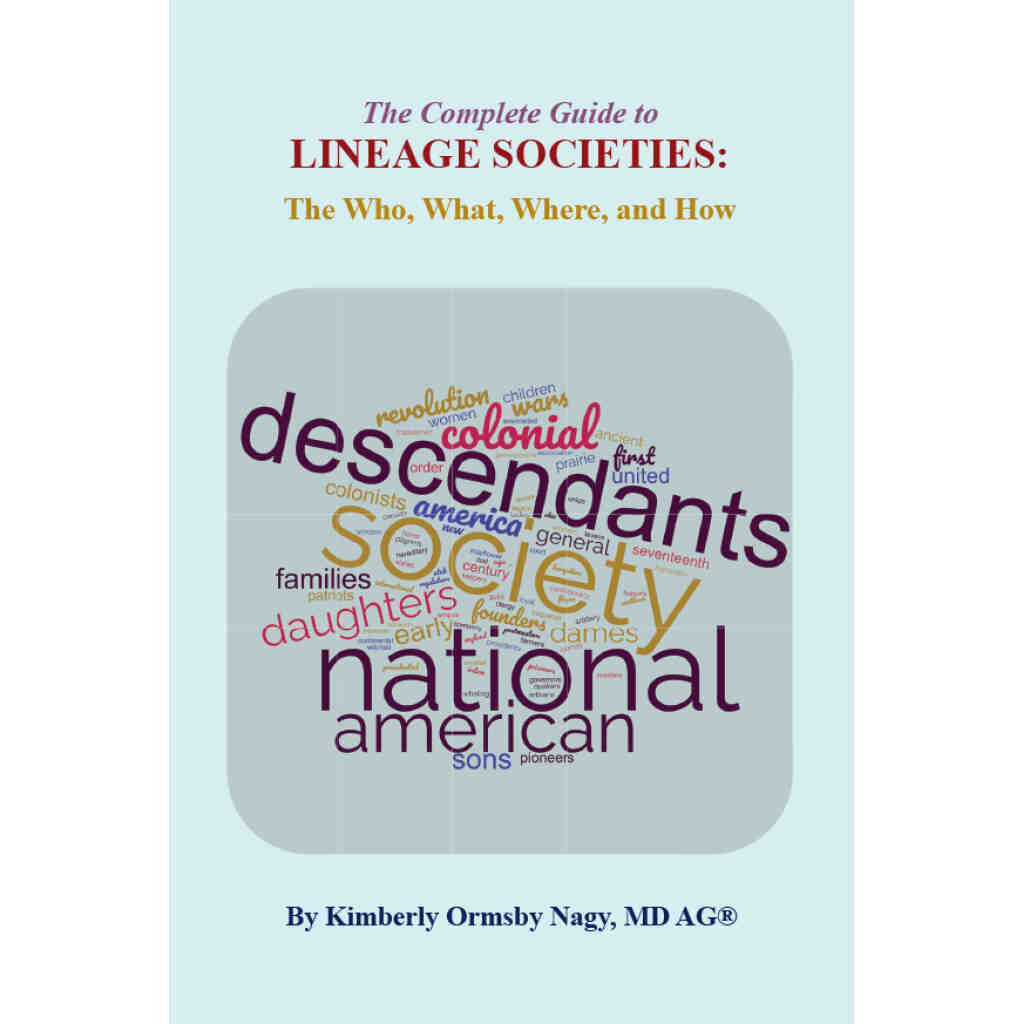Newly released, The Hollywood Strangler is the most gripping genetic genealogy case yet in this terrific series by Nathan Dylan Goodwin. Highly recommended!
The author draws on his extensive knowledge and expertise in forensics, genealogy, and DNA analysis to create an amazingly true-to-life fictional story of talented genetic genealogists digging deep into the mysteries of centimorgans and family history to try to unmask a serial killer who menaced Hollywood decades in the past.
The prologue, set in 1980, shows dedicated medical examiner Dr. Peter Speth called to the scene of a horrific double murder in Hollywood, similar to but not identical to another recent double killing. Also in attendance: A young rookie cop named Ted Marsden.
Fast-forward to 2022 in Chapter One, where Marsden is about to retire from the LAPD Cold Case Homicide Unit, headed by Detective Supervisor Mitzi Roberts. Before he leaves, Marsden wants to work on one last notorious cold case: The Hollywood Strangler. The game's afoot.
By Chapter Three, the cold-case detectives have gotten in touch with Venator, an elite investigative genetic genealogy company headed up by Madison Scott-Barnhart, known to one and all as Maddie. The goal is to analyze DNA left at the murder scene in an effort to find familial links to the serial killer.
Now begins the detailed, step-by-step process of analyzing DNA matches and building speculative family trees to locate living people who are related to the killer. How these talented Venator employees use clusters, centimorgans, vital records, DNA databases, genealogy websites, and other tools and techniques will fascinate genealogy enthusiasts. Very believable and impressive, the quest to tie DNA from the crime scene to a specific family is the heart of the book.
The police procedural chapters that bookend this novel will enthrall mystery lovers. From the acknowledgements, I learned that Dr. Peter Speth is, in real life, a brilliant medical examiner whose meticulous work helped to identify and convict many villains. His involvement in Nathan's fictional case leads to key breakthroughs. I was already aware of Detective Mitzi Roberts because I'm a fan of Michael Connelly's detective mysteries, but it was a delightful surprise to come across her as another pivotal character in Nathan's book.
Just as important, the author has created interesting, personable, and complex characters whose ongoing life experiences capture the imagination. Although The Hollywood Strangler can be appreciated as a stand-alone novel, I suggest waiting until you read the first two books in this series. As the series unfolds, you'll get to know the characters over time and gain a deeper understanding of how their actions in previous books influenced what happens in this third book.
Highly enjoyable for folks deeply interested in genetic genealogy and for fans of police procedurals. Nathan, I can't wait for your next book in the series!















